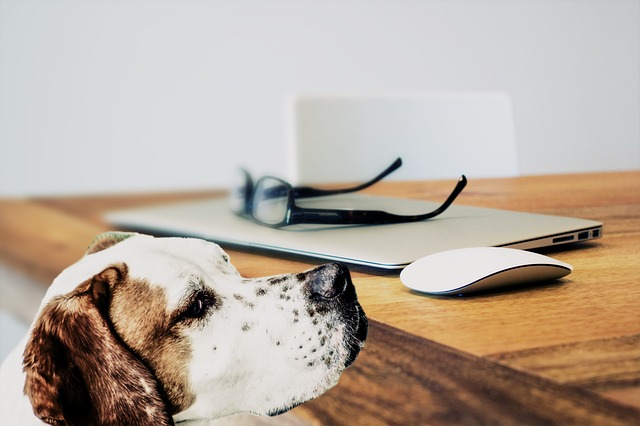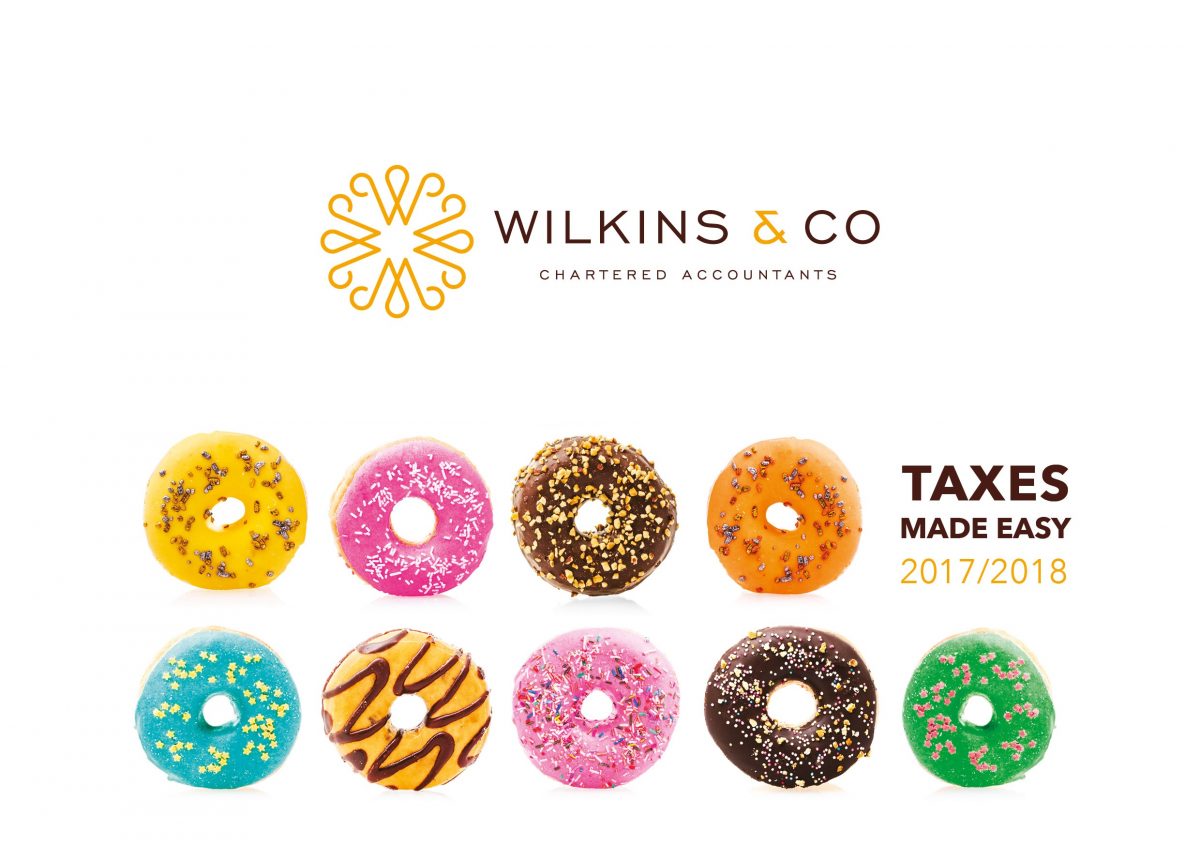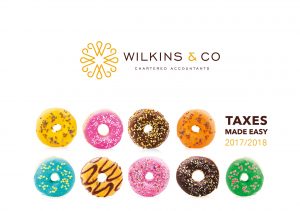Making the right decision as to the structure of your business can be crucial, whether it be in terms of tax savings, simplicity, perception to the outside world or future plans.
The choice is generally between setting up as a sole trader or a limited company, though other options may be partnerships or LLP’s.
This blog sets out some of the key differences between the 2 structures. We have not covered all the differences here and have assumed for simplicity that there is no other income in the year to consider (PAYE income, rental property etc)
TAX
A sole trader will pay tax on all the profits of the business over and above their personal allowance (£11,500 in this tax year.) Profit is then taxed at 20% up to the basic rate threshold of £45,000 and then at 40% on the next £105,000.
The sole trader also pays class 2 and class 4 NIC. Class 2 NIC is a flat rate of £2.85 per week and class 4 NIC is calculated on the profit of the business, with 9% NIC being paid on profit between £8,164 and £45,000 and 2% on profit over £45,000. Both types of NIC are collected via self-assessment and the tax return.
A limited company on the other hand pays corporation tax on its profit. Corporation is currently paid at 19%. One of the key difference though between being a sole trader and a limited company is that you have to remember that the limited company’s money is NOT your money, as it is for a sole trader – it belongs to the limited company and you have to take it out of the business for it to be “yours”.
To take the money out of the business, you either pay yourself a salary or a dividend. This is where tax savings can be made and is one of the advantages of being a limited company. Taking a salary out of the business is an allowable expense of the business, and therefore it reduces the profit of the company, and saves corporation tax. Usually a limited company director will take a salary equal to their personal allowance from the company, and therefore pays no personal tax on it.
Further withdrawals from the company are then usually taken as dividends. The dividend rules changed about a year ago, so the tax savings are not as great as they used to be, but as there is no national insurance payable on the dividend, this method of paying yourself is still more tax efficient than paying further salary.
There is no requirement for the owner to withdraw all the profit from the business and as you are only taxed personally on the amounts you withdraw, this gives you more flexibility than the sole trader if you don’t need to take all the money out of the company each year, and can lead to tax efficiencies.
To request a comparison between the tax you would pay under each structure for a given profit level, please ask!
ADMIN
The sole trader has the advantage of simplicity. To set up as a sole trader, you need to register with HMRC and then file your tax return once a year (at the moment!)
Trading as a limited company is more complicated. You need to register your company name with Companies House, set up a business bank account and appoint directors and shareholders. The directors have legal duties to comply with in terms of keeping proper accounting records, filing accounts and ensuring the company complies with the relevant tax and employment law.
The company must file accounts with Companies House and these must be in a set format, and also file a corporation tax return with HMRC. The directors will also usually need to file a personal tax return if they have received dividends from the company. If you are paying yourself a salary, then you need to set up and operate a PAYE scheme.
You won’t therefore be surprised that accountancy costs for a limited company are going to be considerably more than for a sole trader!
LIMITED LIABILITY AND PERCEPTION
This is often a reason why start-ups go for the limited company option. As a limited company your liability is limited to the amount of the assets owned in the company name.
For a sole trader, there is no such distinction between personal and business assets and therefore your home could be at risk. If you operate in a high risk or litigious sector this would be an important consideration, though insurance policies can be taken out. Limited company directors may also be asked for personal guarantees for bank loans etc.
Some people prefer to operate as limited companies as there is perception of the status being more “grown up” or being taken more seriously, and in some sectors that may be true. Clients in some situations (especially for contractors) will only deal with limited companies so you will have no choice!
There are many other differences not covered above, but these 3 are the main considerations to take into account. You should always take advice from an accountant when deciding which structure is best for you. If I can help you further then please contact me.









